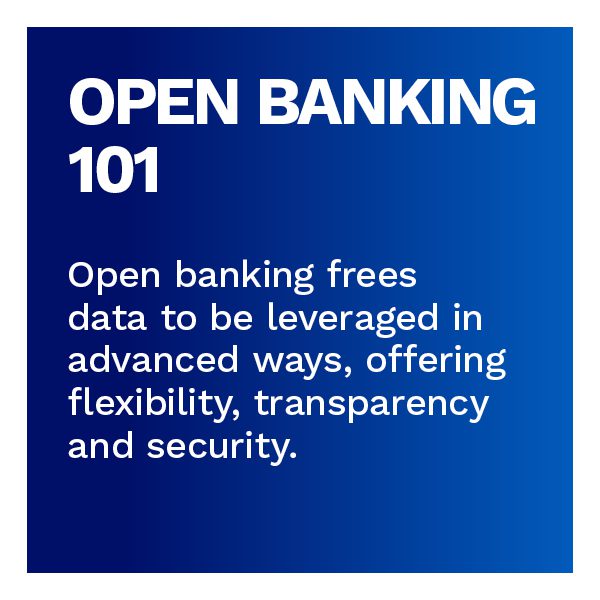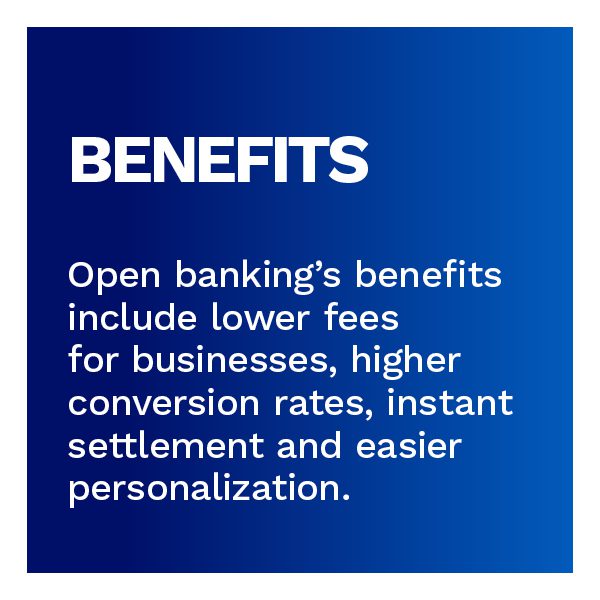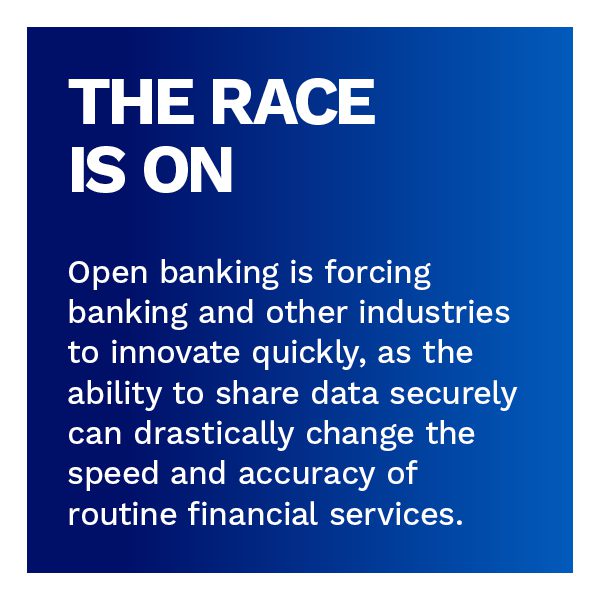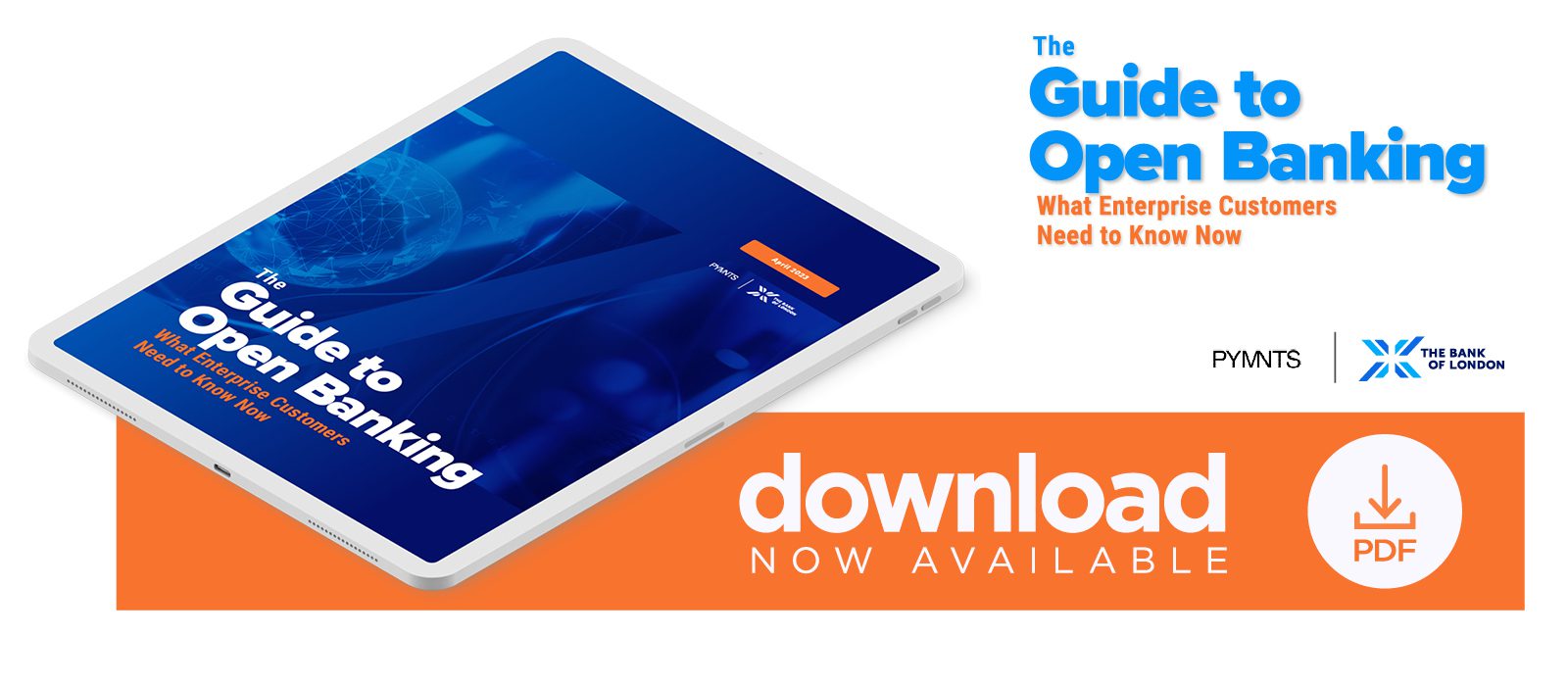Open Banking Is Changing the Payments Game, and Enterprises Must Keep Up

Until fairly recently, consumers’ financial data has primarily been something to be hoarded and siloed. Rather than closing off this data, a new generation of solutions powered by connectivity may define the future of banking worldwide. After years and years of closed banking, open banking technology is beginning to take center stage.
It is not easy for enterprise organizations to know the right direction to take for open banking. But it is crucial to get started to facilitate economic growth.
“The Guide to Open Banking: What Enterprise Customers Need to Know Now,” a collaboration with The Bank of London, examines the options enterprise organizations have as they begin incorporating open banking and open application programming interfaces (APIs) into their business process, as well as the next steps they should take.
• What enterprise organizations need to know about open banking
The shift to open banking is forcing many industries to innovate quickly, as the ability to share data securely can drastically change the speed and accuracy of routine financial services. For example, firms can facilitate processes via an open banking API, such as preapprovals for mortgages or loans. Rather than a lengthy financial data review characterized by gathering pay stubs and analyzing individual assets, open banking APIs can collect all relevant information and use an algorithm to make a preliminary decision nearly instantly.
Enterprises using open banking technology can execute more functions with fewer employees and possibly even branch out into new business areas — and a modern clearing bank can help enterprises identify areas in their financial services where they would benefit from using such banking technology.
• Open banking worldwide
Open banking adoption has not happened simultaneously throughout the world. Some countries, especially those in the European Union, have been much quicker to adopt open banking, while others are only starting to catch up in this area.
The opening up of financial services by both regulators and market standards is advancing worldwide, however, and already extends to more than 50 countries. There are currently six more markets outside of the EU developing open banking APIs and more than 10 others where market standards for open banking are emerging.
The EU has been responsible for most current regulatory requirements, but United Kingdom and Australian regulations are the most fully developed. This report looks at the U.K. Open Banking Standard, NextGenPSD2 and FinTS, established 20 years ago and still used by most German banks.
• Is your organization ready for open banking?
To provide customers with the best open banking experience possible, enterprise organizations must evaluate their core competencies and ensure the proper foundation is in place before implementing open banking. This report includes a checklist with areas to assess as your organization develops its open banking strategy.
To learn more about how enterprise organizations can successfully integrate open banking into financial services to facilitate economic growth, download the report.

